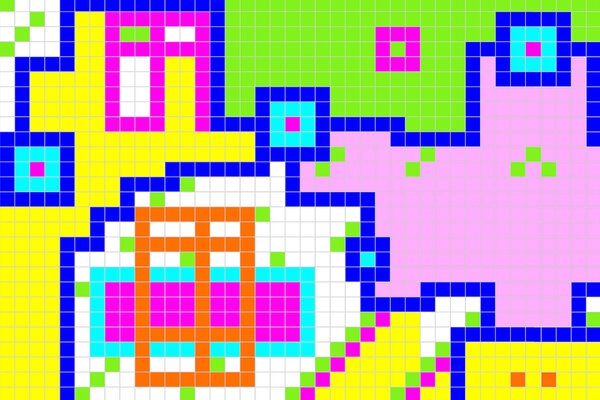A New Era of A.I. Reasoning

In September, OpenAI introduced a groundbreaking version of ChatGPT, specifically designed to enhance its ability to tackle complex tasks in disciplines like mathematics, science, and computer programming. This latest iteration of the chatbot demonstrates a significant leap forward, as it can now take the time to “think” through intricate problems before arriving at a solution.
The company reported that its innovative reasoning technology had surpassed the performance of the industry’s leading A.I. systems in a series of rigorous assessments aimed at measuring artificial intelligence advancements. This announcement has prompted various competitors, including Google, Anthropic, and China’s DeepSeek, to develop similar reasoning capabilities in their own systems.
Understanding A.I. Reasoning
But what does it truly mean for an A.I. system to reason? In essence, reasoning refers to the process whereby the chatbot dedicates additional time to analyze and work through a problem.
“Reasoning involves the system engaging in more extensive processing after a question is posed,” explains Dan Klein, a professor of computer science at the University of California, Berkeley, and chief technology officer at Scaled Cognition, an innovative A.I. startup. This could entail breaking down a problem into smaller, manageable steps or employing a trial-and-error approach to reach a solution.
In contrast to the original ChatGPT, which provided immediate responses, these new reasoning systems are capable of deliberating for several seconds, or even minutes, before delivering their answers.
Are You Smarter Than A.I.?
As the capabilities of A.I. continue to evolve, some experts speculate that artificial intelligence may surpass human intelligence within the next few years. To explore the current limits of A.I. and challenge your own problem-solving skills, try your hand at this engaging puzzle and see how far the machines still have to go.




